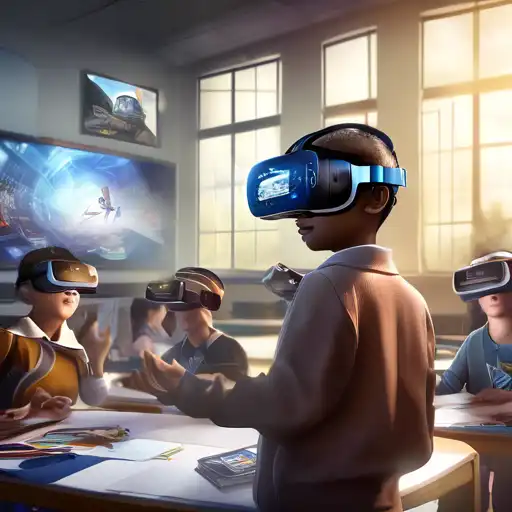Revolutionizing Learning: The Impact of Virtual Reality in Education
Virtual Reality (VR) is transforming the educational landscape, offering immersive learning experiences that were once unimaginable. This technology is not just a tool for entertainment but a powerful educational instrument that can enhance understanding, retention, and engagement among students of all ages.
The Benefits of VR in Education
VR in education brings numerous benefits, including:
- Enhanced Engagement: VR's immersive nature captures students' attention like never before.
- Improved Retention: Experiential learning through VR helps in better retention of information.
- Accessible Learning: VR makes education accessible to students regardless of their physical location.
- Safe Environment: It provides a safe space for students to experiment and learn from mistakes without real-world consequences.
Applications of VR in Various Educational Fields
From history to science, VR is making its mark across various educational fields. For instance, students can take virtual field trips to ancient civilizations or explore the human body in 3D. In science, VR simulations allow for complex experiments to be conducted in a virtual lab, saving resources and reducing risks.
Challenges and Considerations
Despite its benefits, integrating VR into education comes with challenges such as the cost of equipment, the need for technical support, and ensuring content is pedagogically sound. However, as technology advances and becomes more affordable, these challenges are gradually being overcome.
The Future of VR in Education
The future of VR in education is bright, with ongoing advancements making it more accessible and effective. As educators and technologists continue to collaborate, the potential for VR to revolutionize learning is limitless. For more insights on innovative learning technologies, explore our digital education trends section.
In conclusion, Virtual Reality is ushering in a new era of education, offering unparalleled opportunities for immersive learning. By embracing this technology, educators can provide students with experiences that enrich their understanding and prepare them for a future where digital and physical realities converge.
